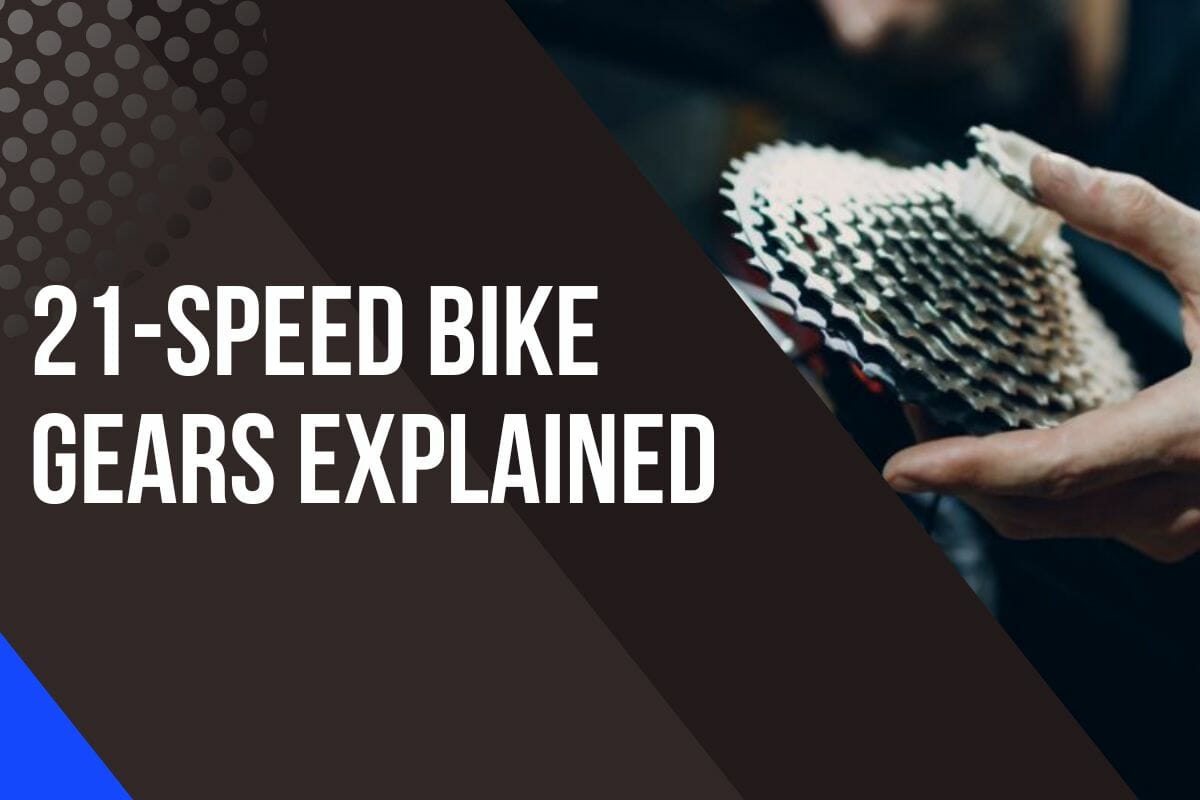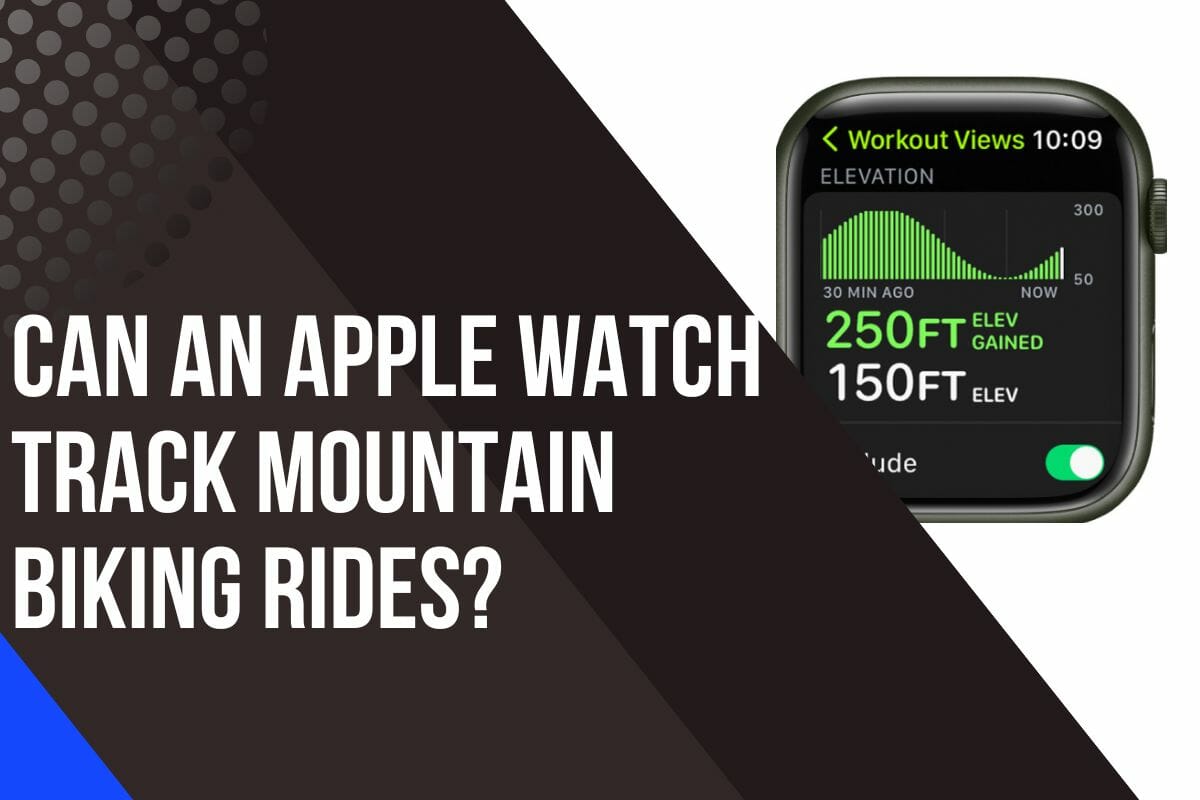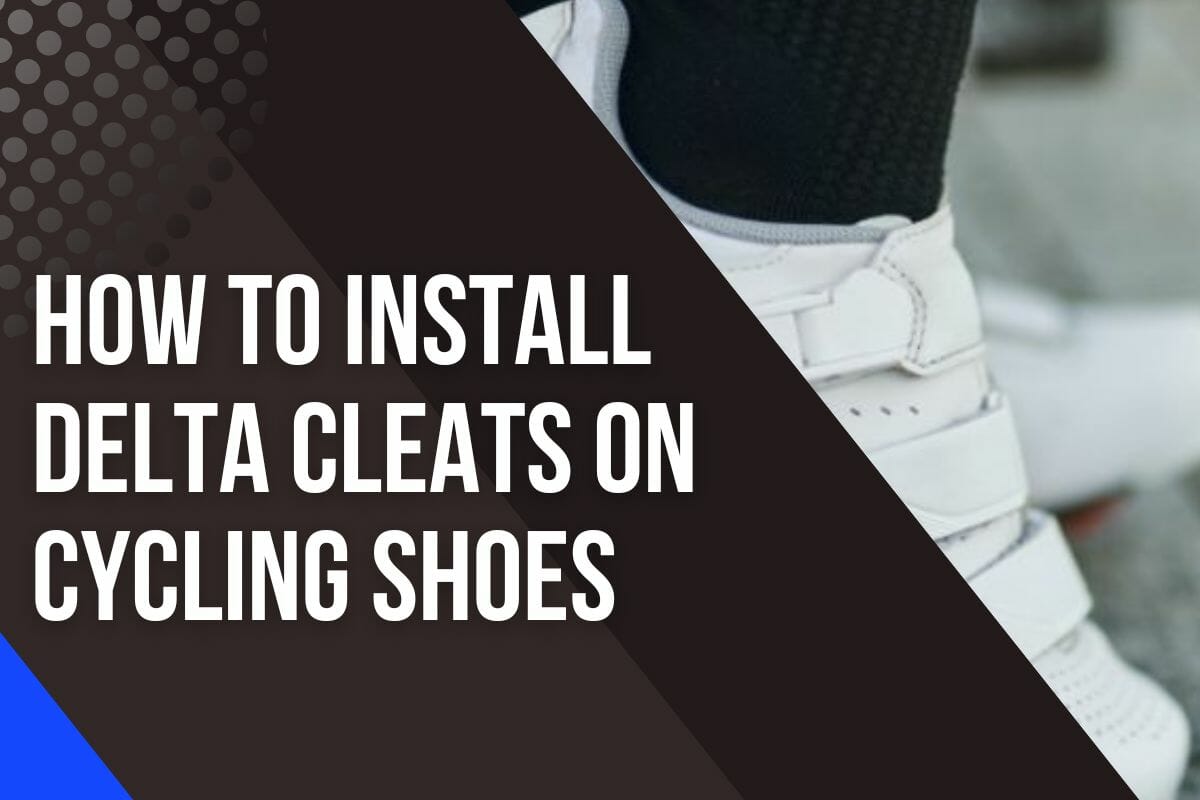Can You Use A Pedometer For Cycling?
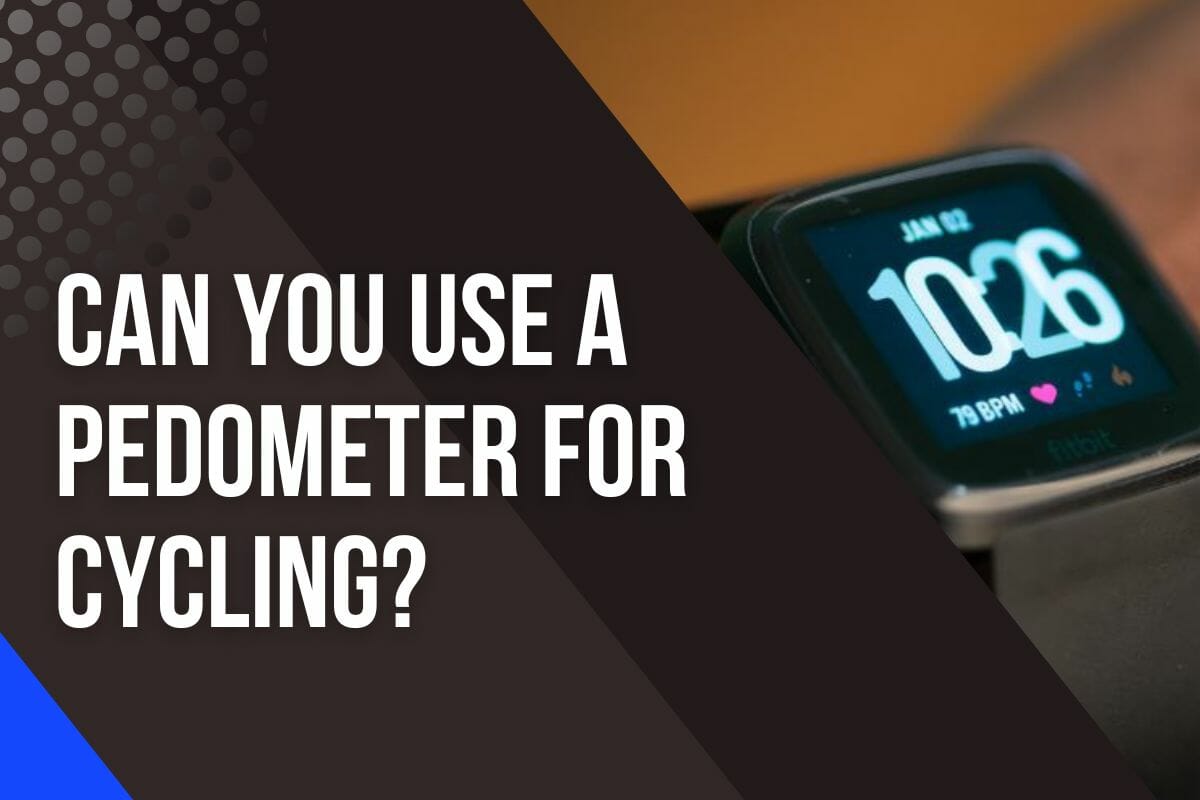
The use of a pedometer in combination with cycling may sound like something out of a science fiction movie.
With advances in technology, we are able to accurately track data such as speed, distance traveled, the time elapsed, and even heart rate while on our bikes.
And this is where the pedometer comes into play.
Tracking all these details over long periods of time will give us insight into our performance so that we can optimize it for maximum efficiency and success.
In this article, I’ll discuss what exactly a pedometer is and how it works in conjunction with biking.
What Is A Pedometer?
It’s an amazing device that can help you track your fitness goals.
Whether it’s walking, running, or cycling, this small and lightweight tool gives us accurate information about our exercise routine.
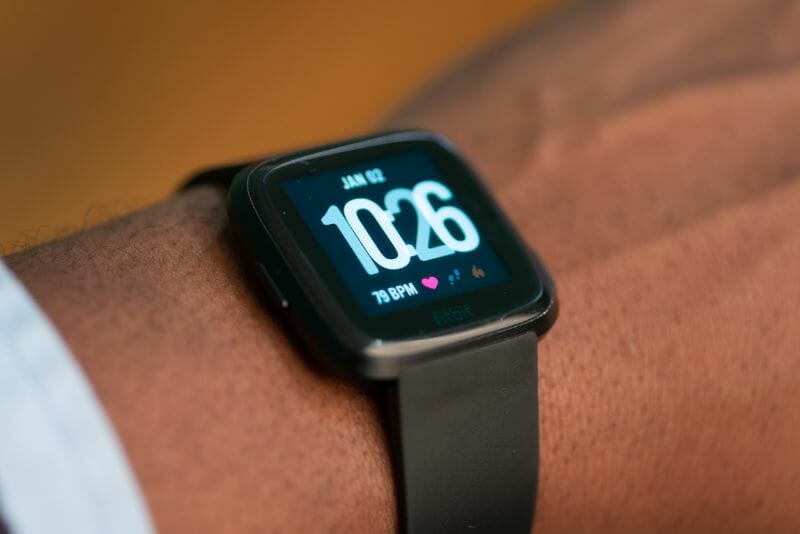
With its easy-to-use design, the pedometer will keep track of each step taken throughout the day so we can easily see how much progress we’ve made.
We’ll also know exactly when it’s time to take a break from exercising!
Plus, if you’re into cycling, then you can use a pedometer too – it’ll let you know how far you’ve gone with each ride.
So now there’s no excuse not to get out on two wheels!
Benefits Of Using A Pedometer For Cycling
Many people wonder if a pedometer is beneficial when it comes to cycling.
After all, why would you need one?
The truth is that there are quite a few advantages to using a pedometer while biking.
For starters, having data on your performance can help motivate and challenge you to reach your fitness goals. (1)
A pedometer will track the following data:
- Distance traveled
- Average speed
- Calories burned
- Heart rate
- Duration
This real-time feedback can provide an extra boost of motivation for cyclists looking to improve their performance or just enjoying exploring new routes.
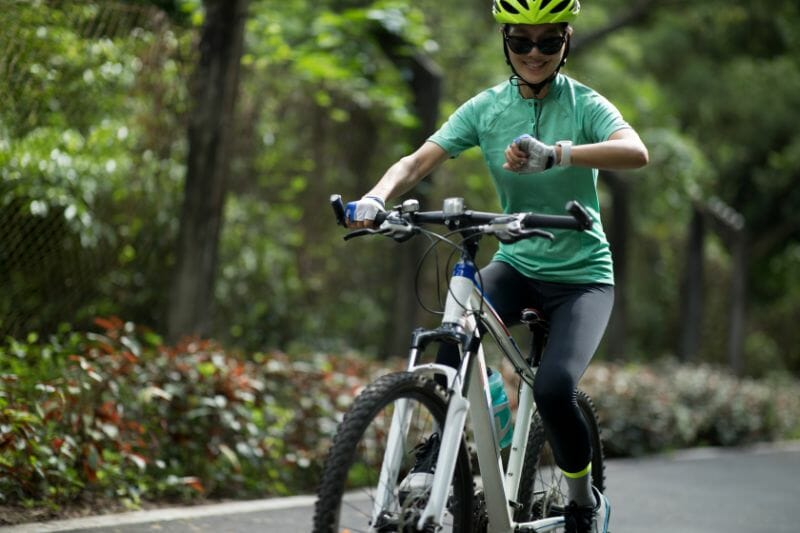
A pedometer can also give riders peace of mind by providing safety features like GPS tracking and mapping capabilities.
Knowing exactly where you are at any given moment makes it easy to stay safe during rides – especially when tackling unfamiliar trails or riding solo late at night.
Plus, with detailed route maps available through some apps, cyclists have access to helpful information such as elevation changes and potential hazards before heading out on their ride.
How To Use A Pedometer For Cycling
Using a pedometer for cycling is like having an invisible coach cheering you on.
You can easily measure your performance and track progress to keep up with your goals while riding the bike.
First, it’s important that you find the right kind of pedometer.
For example, Fitbits have a technology called SmartTrack and it’s very helpful for cyclists which allows you to track your ride by distance, duration, calories burned, and more.
GPS integration is useful to track routes, pace, and distance as well.
In addition to fitness and activity tracking, some Fitbits also offer additional features such as heart rate tracking, sleep tracking, and even integrated music streaming.
Overall, Fitbits offer a great way for cyclists to track and analyze their progress.
Mount it securely in the handlebars or attach it to your body so that the device won’t move around when you’re peddling.

Once installed, connect it to any compatible devices such as mobile phones, tablets, etc. Then start inputting your data into the app – distance traveled, speed, time taken, and more!
Now that all of this is set up, let’s ride!
As you cycle along, the pedometer will calculate various metrics like how many calories you’ve burned and what your overall average speed was during the trip.
It’ll also give real-time feedback about how hard you worked out or if there were any significant improvements from previous rides.
Being able to see these results will help motivate you to reach higher levels each time!
Pros And Cons Of Using A Pedometer For Cycling
Having an accurate measure of progress can be incredibly motivating.
A pedometer allows you to track how far you’ve traveled each time you go out on your bike and help set goals for yourself – such as beating your previous record or trying to reach a certain milestone in distance covered.
You may even find yourself pushing harder when you see that number rise!

But there are some drawbacks to using a pedometer while cycling.
If used incorrectly, it can lead to unreliable data that might not accurately reflect how hard you’re really working or your true level of performance.
Additionally, focusing too much on numbers could take away from simply enjoying the ride and exploring new routes or trails.
Pedometer Accuracy
Believe it or not, there are a lot of factors that go into their accuracy.
I’ve been researching this topic lately and have come across some interesting points.
After all, if you’re going to track your rides with a pedometer, then surely you want it to be as accurate as possible!
Well, here’s what I found out:
- Pedometers measure steps taken rather than distance traveled so they don’t always account for changes in elevation.
- Every company uses its own proprietary algorithm to calculate the number of calories burned.
- If you use an arm-mounted device such as a Fitbit or Apple watch, it won’t record any distances over 1 mile unless you switch modes which can be time-consuming and inconvenient.
- Even GPS devices may struggle to accurately track short trips because satellites will take longer to connect at lower speeds.
- Pedometers can suffer from calibration issues where they need adjusting after regular intervals in order to keep them accurate.
In light of these findings, it’s important that you factor in potential inaccuracies before relying solely on their pedometer readings.
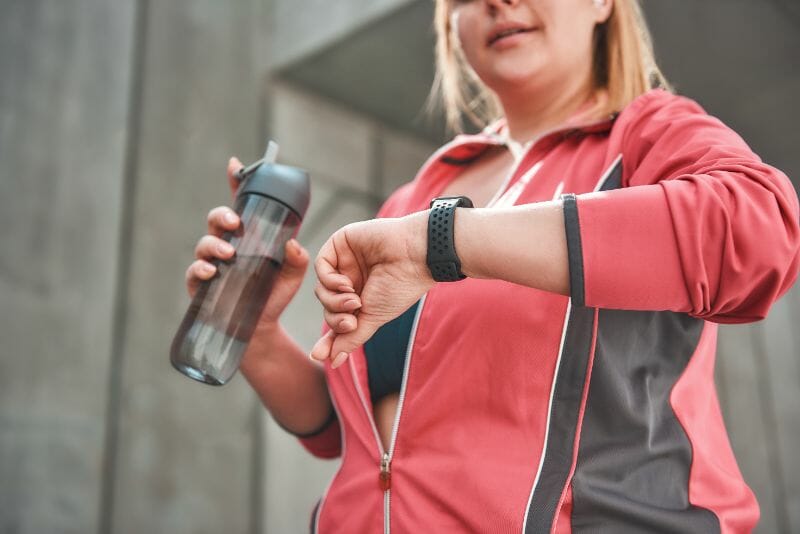
Especially if those readings are being used for training purposes like tracking mileage goals or setting personal bests!
It pays to double-check your results with other methods such as using apps or even good old-fashioned maps just to be sure.
My Verdict
It’s a good idea to use a pedometer for cycling.
For me personally, my pedometer symbolizes more than just numbers – it’s a reminder of all the hard work I have put into reaching my fitness goals.
Every time I clip on my pedometer before hopping onto my bike, it serves as a powerful motivator to keep going no matter what obstacles lay ahead.
By keeping track of how far I travel each day, I’m able to see tangible evidence of my accomplishments and push myself even further.
Frequently Asked Questions
Have more questions about pedometers for cycling? Here are some common questions and answers.

